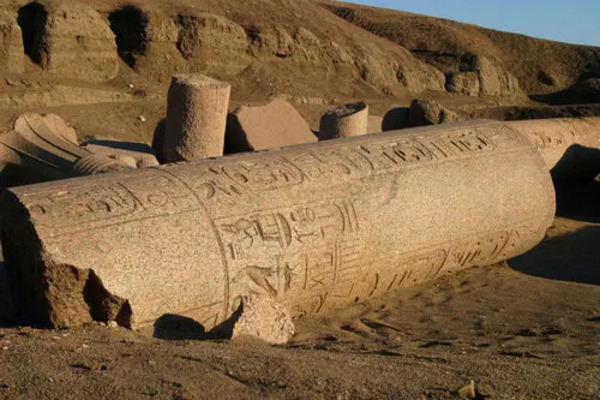Third Intermediate Period
The end of the Egyptian pharaohs is marked by the Third Intermediate Period, one of the most important events in Ancient Egypt, which began around 1078 BC. They were brought down by a number of factors, but the invasion of foreign troops like the Assyrians and Libyans was the most damaging.
Thebes' priesthood gradually grew in influence until they eventually controlled the southern region of the nation. The economy was significantly harmed by the power split, and the populace experienced food and water shortages.
Around 943 BC, the Libyans raided Egypt, which marked the beginning of the foreign monarchy's authority. The reunification of the northern and southern halves of Egypt was accomplished by one of the most illustrious Libyan rulers, Shoshenq I. The three successors of Shoshenq I enjoyed a peaceful existence that lasted over a century. However, after an Assyrian invasion in 853 BC, Egypt was divided into two parts: Lower Egypt was administered by Shoshenk III, while Middle and Upper Egypt was dominated by Takelot II and his allies.
The Assyrian army formed an alliance with nearby nations around 700 BC and occupied the whole Egyptian region. Assyrians began to rule the region and referred to themselves as Saite monarchs. Before Persian soldiers entered Egypt, their rule lasted for about a century.








